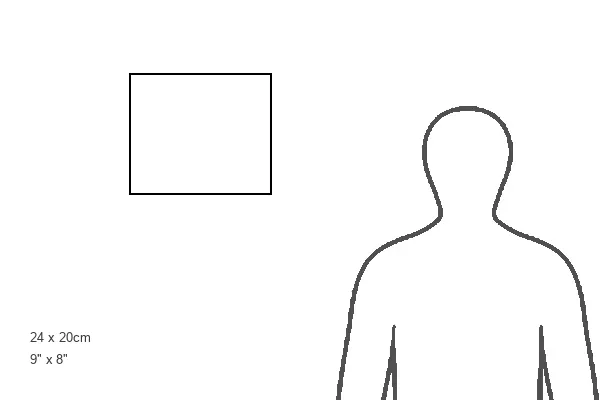Mouse Mat : Ciliate protozoa dividing
![]()

Home Decor from Science Photo Library
Ciliate protozoa dividing
Ciliate protozoa. Light micrograph of unidentified ciliate protozoa (class Ciliata) undergoing asexual reproduction. These unicellular micro-organisms can multiply by either of two methods. The cells seen here are forming from one cell, which divided equally into two identical daughter cells (binary fission). Ciliates can also reproduce by budding, where one small cell forms from a larger cell. They are named for the numerous cilia (short, hair-like structures) on the outside of their cell membrane. Dark field illumination. Magnification unknown
Science Photo Library features Science and Medical images including photos and illustrations
Media ID 6470351
© LAGUNA DESIGN/SCIENCE PHOTO LIBRARY
Asexual Reproduction Binary Fission Ciliate Dark Field Daughter Cells Dividing Division Protozoa Protozoan Reproducing Single Celled Unicellular Ciliata Ciliates Light Micrograph Micro Biology
Mouse Pad
Standard Size Mouse Pad 7.75" x 9..25". High density Neoprene w linen surface. Easy to clean, stain resistant finish. Rounded corners.
Archive quality photographic print in a durable wipe clean mouse mat with non slip backing. Works with all computer mice
Estimated Image Size (if not cropped) is 23.7cm x 18.8cm (9.3" x 7.4")
Estimated Product Size is 23.7cm x 20.2cm (9.3" x 8")
These are individually made so all sizes are approximate
Artwork printed orientated as per the preview above, with landscape (horizontal) orientation to match the source image.
EDITORS COMMENTS
This print showcases the mesmerizing process of asexual reproduction in ciliate protozoa. The image, captured using light micrography and dark field illumination techniques, reveals an unidentified species of ciliates undergoing division. These remarkable unicellular organisms possess the ability to multiply through two distinct methods. In this particular snapshot, we witness binary fission taking place as one parent cell divides equally into two identical daughter cells. This intricate process highlights the astonishing complexity within these microscopic creatures' biology. Ciliates are aptly named for the abundance of short, hair-like structures called cilia that adorn their cell membranes. The photograph offers a glimpse into the fascinating world of zoology and invertebrate biology. It reminds us of the incredible diversity found in nature's smallest inhabitants and serves as a testament to their resilience and adaptability. As we delve deeper into this extraordinary microcosm, it becomes evident that these single-celled organisms play crucial roles in various ecosystems worldwide. Their ability to reproduce both through binary fission and budding ensures their continued survival and proliferation. Science Photo Library has once again provided us with an awe-inspiring visual representation of life's intricacies at its most fundamental level – reminding us that even within seemingly simple organisms lies a wealth of wonder waiting to be explored.
MADE IN THE USA
Safe Shipping with 30 Day Money Back Guarantee
FREE PERSONALISATION*
We are proud to offer a range of customisation features including Personalised Captions, Color Filters and Picture Zoom Tools
SECURE PAYMENTS
We happily accept a wide range of payment options so you can pay for the things you need in the way that is most convenient for you
* Options may vary by product and licensing agreement. Zoomed Pictures can be adjusted in the Cart.


